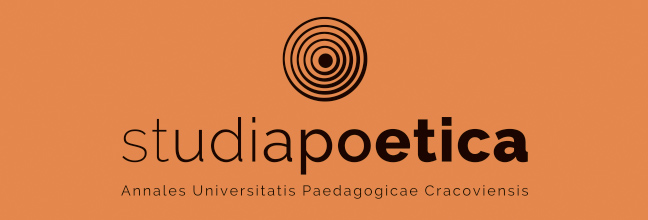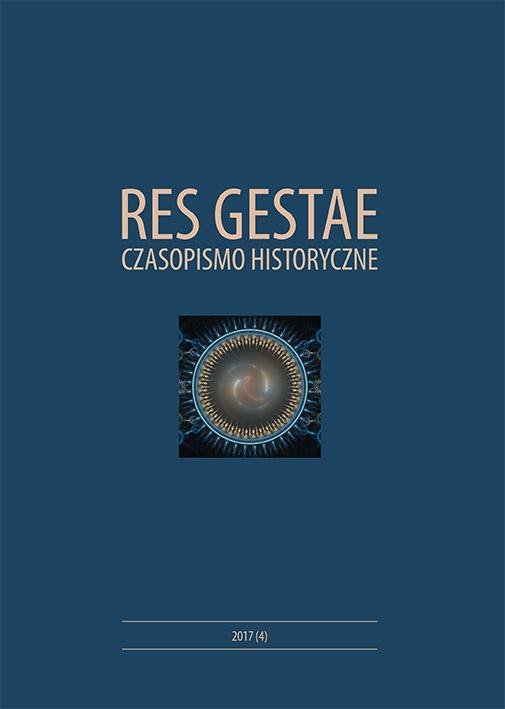Mityczne wschodnie granice Polski w Chorographia Regni Poloniae a rzeczywistość polityczna w czasach Jana Długosza
Main Article Content
Abstract
In Jan Dlugosz’s Chorographia Regni Poloniae we encounter two visions of Polish eastern borders. Our 15th century chronicler included descriptions of the reign of the legendary Lech. While recounting the mythical past of polish statehood, the chronicler depicted Ruthenia as the part of Poland from time immemorial. His image of Lech’s country with its sarmatian borders corresponds with the chronicle’s version of ethnogenetic myth. The second boundary line reflected in Chorographia is a polish-lithuanian border whose narration becomes the indicator of supremacy of Polish country over Ruthenian lands. The frame of the eastward, territorial extent of the Kingdom of Poland in 15th century that emerges from geographical communications is far from the factual route of the border. The area of Jan Dlugosz’s motherland delineated as a historical territory with Lithuanian Podolia, Lutsk region and Brzeski land. They were under the supremacy of Lithuania in the time of life of Dlugosz’s contemporaries, yet were the matter of dispute between Poland and Lithuania for a long time and involved the chronicler himself. In Dlugosz’s narration, polish-ruthenian border wore down. Its poor legibility ought to be connected with the fact that the old Piast border in Dlugosz’s times did not have the attribute of the line of political division. Polish-Ruthenian borderland that is depicted in Chorographia is illustrated as the ground of commercial and military contacts.
Article Details
How to Cite
Bielaszka-Podgórny, B. (2018). Mityczne wschodnie granice Polski w Chorographia Regni Poloniae a rzeczywistość polityczna w czasach Jana Długosza. Res Gestae. Historical Journal, 4, 31–54. Retrieved from https://resgestae.uken.krakow.pl/article/view/4052
Section
Articles
|

